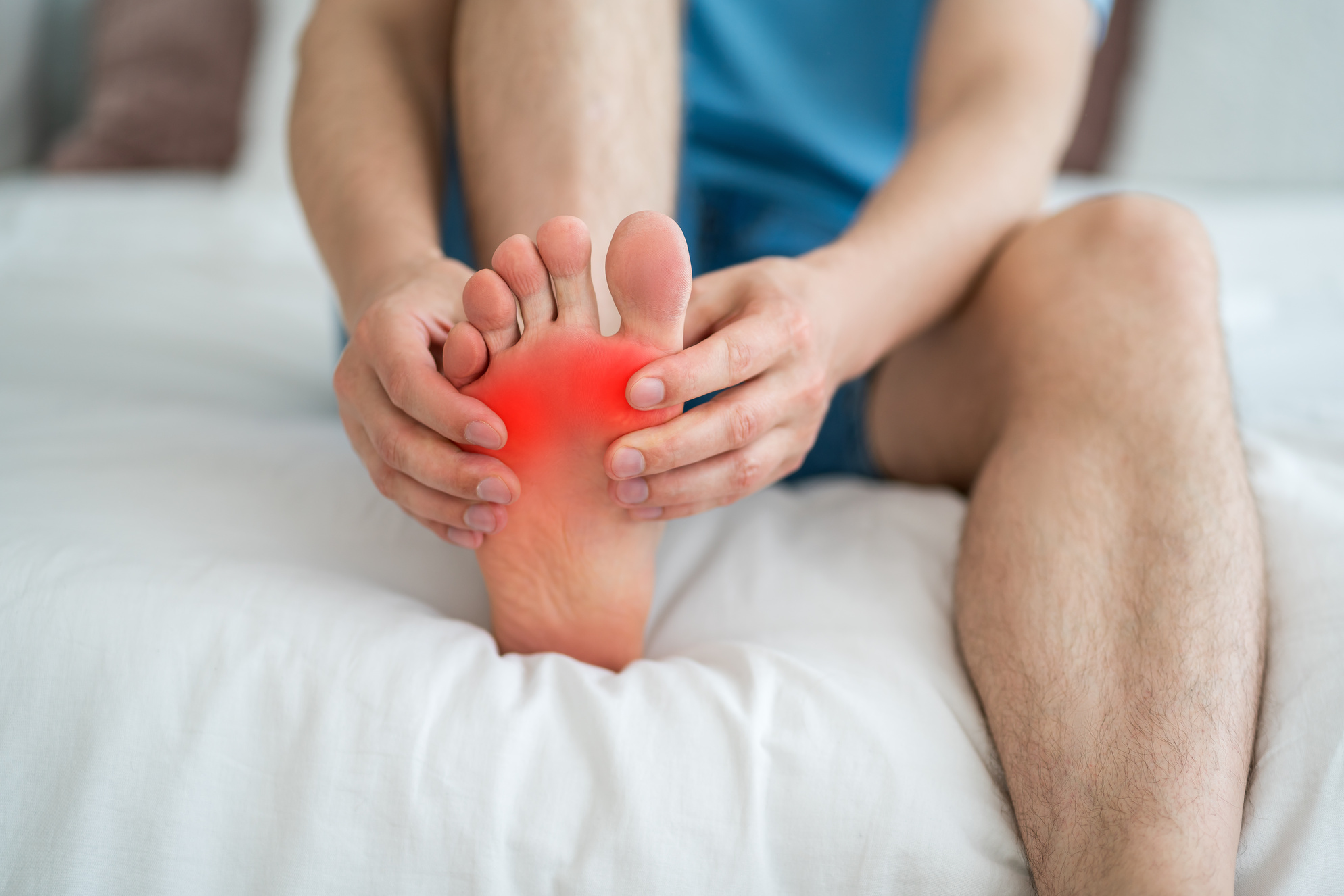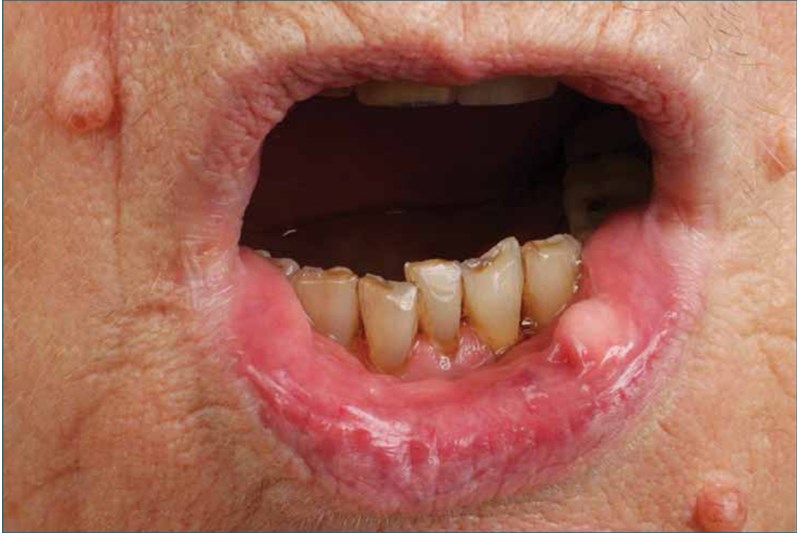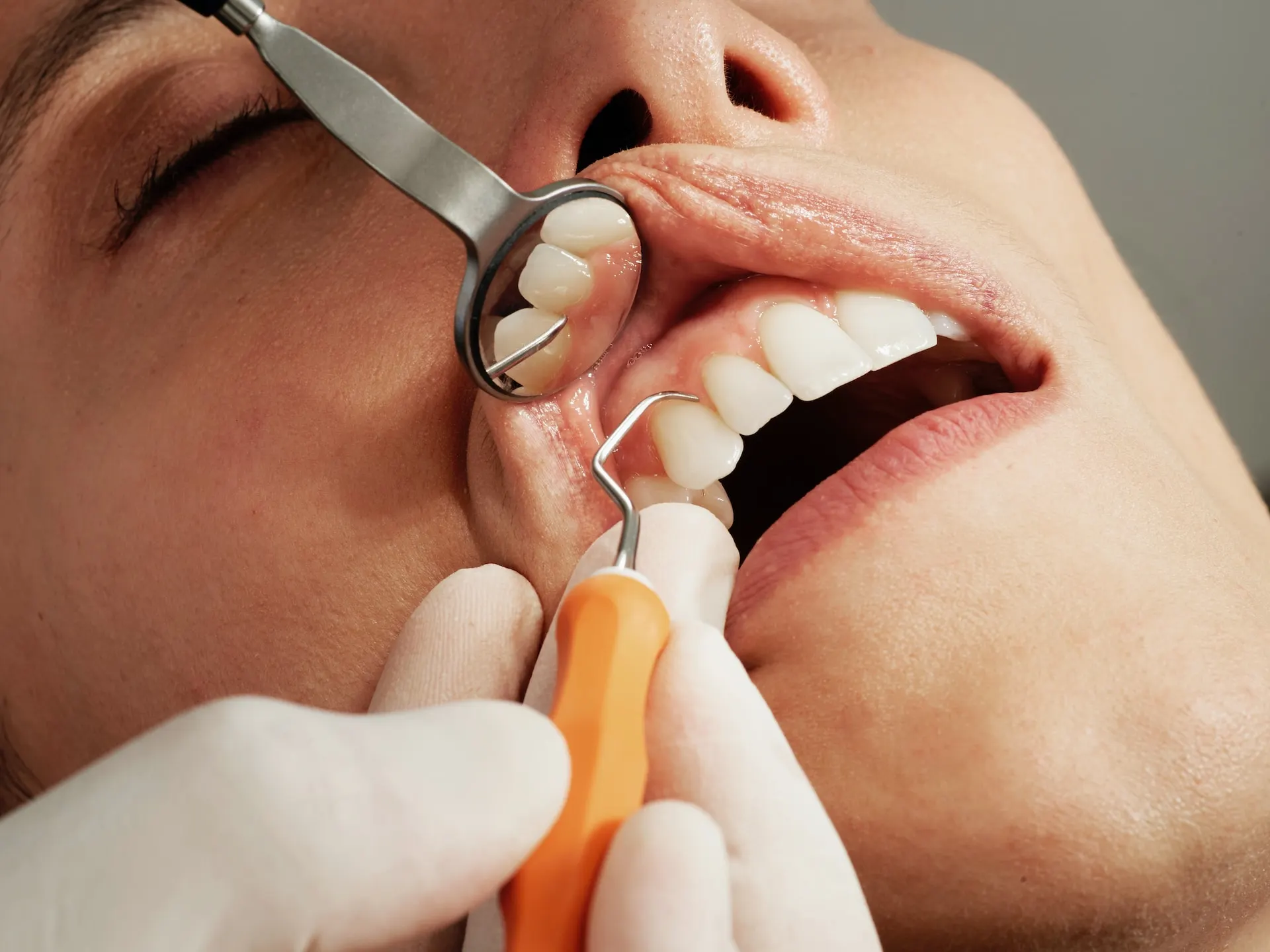
Also known as “collagen induction therapy”, microneedling is a minimally invasive skin care treatment that is highly sought after by people today and for a good reason. For one thing, it can enhance the skin’s natural ability to generate elastin and collagen. Both substances contribute significantly in maintaining healthy, beautiful and young-looking skin. However, how does it work?
As you might imagine, microneedling involves the use of a mechanical device designed to create hundreds of tiny needle punctures on the surface of the skin.
Hundreds of needles punctures? Is it Safe?
Now there is no reason to be alarmed; it is not as scary or radical as it may seem. Specialised devices like Dermapen for sale in the market can control the depth, frequency and spacing of the needles with utmost precision. The goal, after all, is to encourage the skin to produce more collagen and elastin where it is needed the most. Hence the process has been proven to create a dramatic improvement in skin texture, elasticity and overall skin health.
As a bonus, skin needling can also be combined with the application of skin care substances such as Vitamin C and PRP (Platelet Rich Plasma) to produce even better results. This is because the skin needling process opens up the pores of the skin boosting its’ ability to absorb nutrients.
Is microneedling for everyone?
Now microneedling before and after results might seem impressive, but there is a caveat that people should know about. Simply put, microneedling is not for everyone, and people with the following skin types and conditions should avoid the treatment at least until they can get it under control:
- Open wounds on the skin area that needs treatment
- Cystic acne
- Active pustular acne
- immune disease disorders
- Diabetes
People with conditions listed above are not suitable candidates for skin needling as the process may irritate and exacerbate such conditions. In particular, people with diabetes should steer clear of microneedling due to the risk of delayed skin healing and secondary infection until they can lower their blood sugar levels and only under the guidance of their doctor.
Other than the conditions described above, skin needling is generally safe for most people regardless of ethnicity and risk. Furthermore, microneedling has a smaller chance of adverse side effects such as skin infections and hyperpigmentation which is often a concern with traditional laser and chemical skin resurfacing treatment.
How much of an improvement can people expect from a skin needling treatment?
Just as it is with any cosmetic surgical treatment, skin needling results can vary depending on one’s situation. However, it is important to note that most patients see a significant improvement in the reduction of facial scars, wrinkles and acne. Skin needling has also been proven to be quite useful in lessening the appearance of burns, hyperpigmentation, scars and stretch marks. Many skin care experts also recommend skin needling as an anti-ageing treatment where it is touted to offer the most noticeable improvement.




